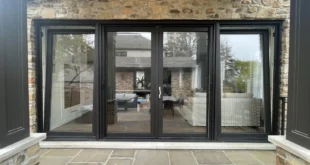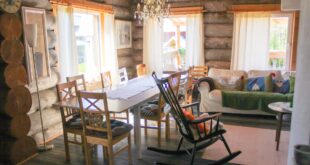According to researchers at the World Health Organization (WHO), more than 70% of the problems as allergies, etc., caused by the air quality associated with the mold.
Some types of mold forming toxic liquid or gaseous compounds – mycotoxins, when they set specific conditions for development. These so-called mycotoxins are very harmful and can even be deadly to humans and animals if exposed long on large doses of them.
The most common problems associated with exposure to moisture and mold are allergic reactions, similar to those which are caused by pollen or animals. The symptoms are identical – eye irritation, skin rashes, sneezing, coughing, runny nose, worsening of asthma and others.
What are the main factors for mold and mildew? It was found that mold appears in closed premises with increased humidity and stagnant air. The smell of stale and window sweating are the first signs that the room has the prerequisites for mold. In fact, mold is a form of fungus that reproduce by forming small microscopic cells ( argue ) that are distributed by air. In the presence of excessive moisture in the room, mold always starts to develop. Its spores start to grow and feed on it. 90% humidity spores of some fungus can germinate in just two days.
How to deal with mold?
One of the mistakes we make is to begin with cleaning it in order to restore aesthetics, instead of doing everything possible to eliminate the causes that led to its development. The most important and effective strategy to limit mold growth is to control moisture in your home.
In a home where three (3) people live, they use 6-14 kg of water for cooking, bathing, laundry, plants and aquariums. At the same time, 3000 kg of air are required to bring 10 kilograms of water out of this house. This means that about 7 times a day it should be ventilated in order to have an exchange of air and remove excess moisture.
The most important measures against mold, which should be done if the home has mold:
- Increase ventilation and remove moist air out of the premises in which there are more plants, aquarium or other sources of moisture.
- Do waterproof the connections between the walls and window.
- Vantilate for often the bathroom, toilet and kitchen, where the concentration of moisure is higher.
- When you’re not at home, leave doors open to dry areas. The aim is to carry natural circulation of air throughout the home.
- Plan home repairs from the dry months of the year in order to get the moisure out of the walls and keep them dry.
- It is good to maintain a constant indoor temperature – about 22 degrees throughout the day, often to ventilate, as it is best to open two opposite window to have air movement.
- When arranging furniture, keep in mind at least 5-10 cm from the wall to allow air to circulate behind them and not form mold.
In rooms where humidity is high, usually mold is found, not one, but three or more types of mold growing together. The most common species are Penicillium (96%), Cladosporium (89%), Ulocladium (62%), Geomyces pannorum (57%) and Sistronema brinkmannii (51%). Stachybotrys spp. is one of the most dangerous molds, but it is rare – in 13% of homes.
Usually the sources of spores are hard to reach places – in joints, under flooring, behind paneling and furniture, into corners and the most commonly affected areas are the bathrooms, closets, kitchens and most basements and cellars.
As an example of the dangerous action of molds can be the legend of the “curse of the pharaoh.” According to the legent, the explorers of the tomb of Tutankhamun died of a strange disease that was then explained by supernatural phenomenon – a curse. Today, however, it is already known that the cause they death is the mold Aspergillus flavus, that can be developed naturally in the tomb, and maybe mycelium was placed deliberately by the priests.
Our efforts against mold and mildew should focus primarily on the impact factors – humidity. The most important – is to no allow relative humidity in our home to exceed 75%. The best humidity is below 65%. We should never place furniture close to exterior walls, because you may not know when it will form dangerous mold. When heating off during part of the day, we should be provided with sufficient air exchange. If there is moisture, there is always mold!
 Happy at Home Family Problems & Solutions | Home & Health Tips
Happy at Home Family Problems & Solutions | Home & Health Tips







